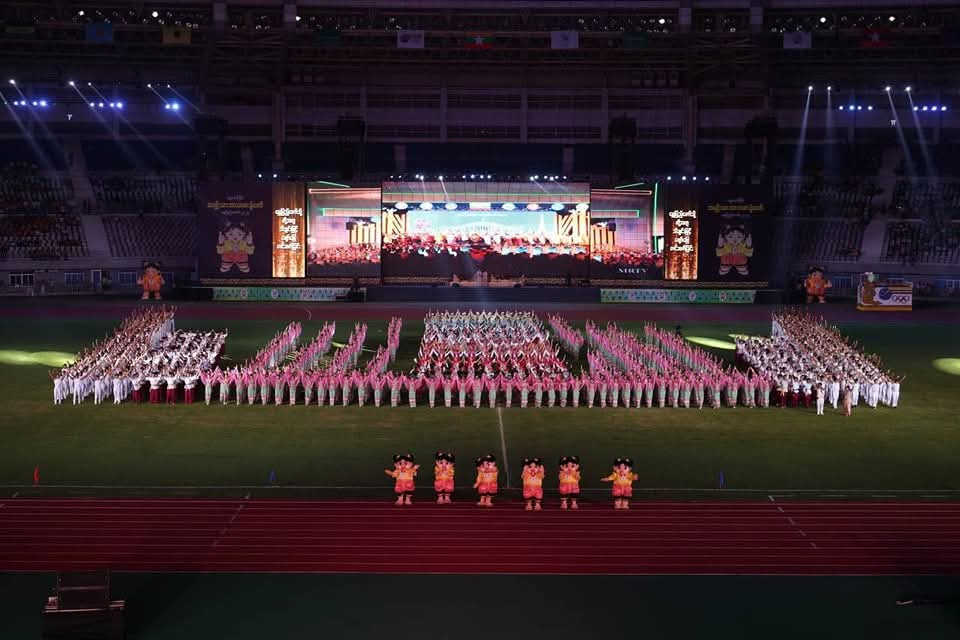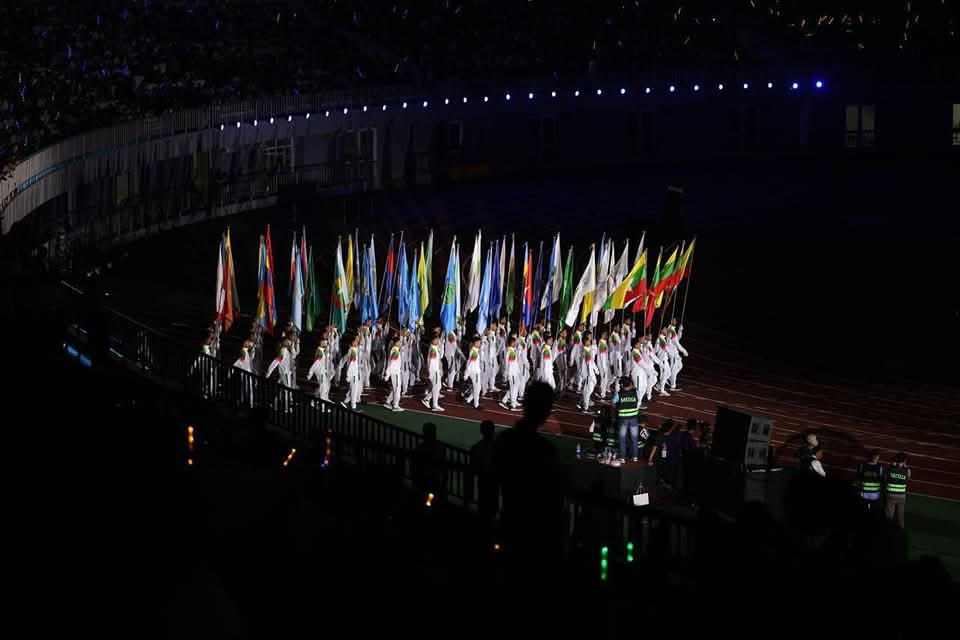
Cohesion and coherence are essential concepts in natural language processing (NLP) that pertain to the quality and flow of textual content. They are often used to evaluate the effectiveness of AI-generated text, particularly in tasks like summarization, dialogue generation, and storytelling.
### Cohesion – Cohesion refers to the linguistic elements that connect sentences and ideas within a text. It is a measure of how well the individual parts of a text stick together. Key aspects of cohesion include:










1. **Lexical Cohesion**: The use of vocabulary to create connections. This includes:
– **Repetition**: Reusing words or phrases to reinforce ideas.
– **Synonyms and Antonyms**: Using similar or opposite words to maintain a theme.
– **Collocations**: Using words that frequently appear together in certain contexts.
2. **Grammatical Cohesion**: This includes:
– **Reference**: Using pronouns or definite nouns to refer back to something mentioned earlier (e.g., “he,” “this,” “the former”).
– **Conjunctions**: Words like “and,” “but,” and “so,” that link clauses and sentences.
– **Substitution and Ellipsis**: Replacing or omitting parts of sentences to avoid repetition.
3. **Thematic Cohesion**: Maintaining a consistent theme or topic throughout a passage.
### Coherence
Coherence, on the other hand, refers to the overall logic and clarity of a text. It measures how well the ideas flow and make sense as a whole, even if individual sentences are not directly connected. Key aspects of coherence include:
1. **Logical Flow**: Ideas should progress in a way that is logical and easy to follow, often using a structured format (e.g., chronological, cause and effect).
2. **Conceptual Relatedness**: The extent to which ideas are related at a deeper level, even if they are not explicitly linked through cohesive devices.
3. **Structuring**: A clear introduction, body, and conclusion can enhance coherence. Paragraphed text and appropriate sectioning contribute to the ease of understanding.
### AI Metrics for Evaluating Cohesion and Coherence
Several metrics and methods can be employed to evaluate cohesion and coherence in AI-generated text:
1. **Text Entailment and Semantic Similarity**: Models that assess how closely related sentences or passages are in meaning can help gauge coherence.
2. **Cohesion Metrics**:
– **Lexical Overlap**: Measures the amount of repeated vocabulary across sentences.
– **N-gram Overlap**: Evaluates matching n-grams between sentences.
3. **Coherence Metrics**:
– **Discourse Coherence Models**: Use algorithms to analyze the logical connections between sentences.
– **Entity Grid Analysis**: Maps entities across sentences to visualize their presence and relationships.
4. **Human Evaluation**: Involves using human judges to assess the quality of cohesion and coherence, often providing insights that automated systems might miss.
5. **Automated Metrics**: Tools like BLEU, ROUGE, and BERTScore can be modified or interpreted to gauge aspects of cohesion and coherence indirectly by analyzing generated vs. reference texts.
6. **Graph-Based Models**: Some techniques employ graph-based representations to visualize and analyze relationships between different parts of the text.
### Conclusion
Cohesion and coherence are critical for evaluating the quality of AI-generated text. With a variety of metrics available, both automated and human evaluations can provide insights into these aspects, ensuring that the generated content is not only grammatically correct but also logically sound and easy to understand. As AI continues to evolve, further refinement of these metrics will enhance our ability to produce high-quality textual content.


Leave a Reply